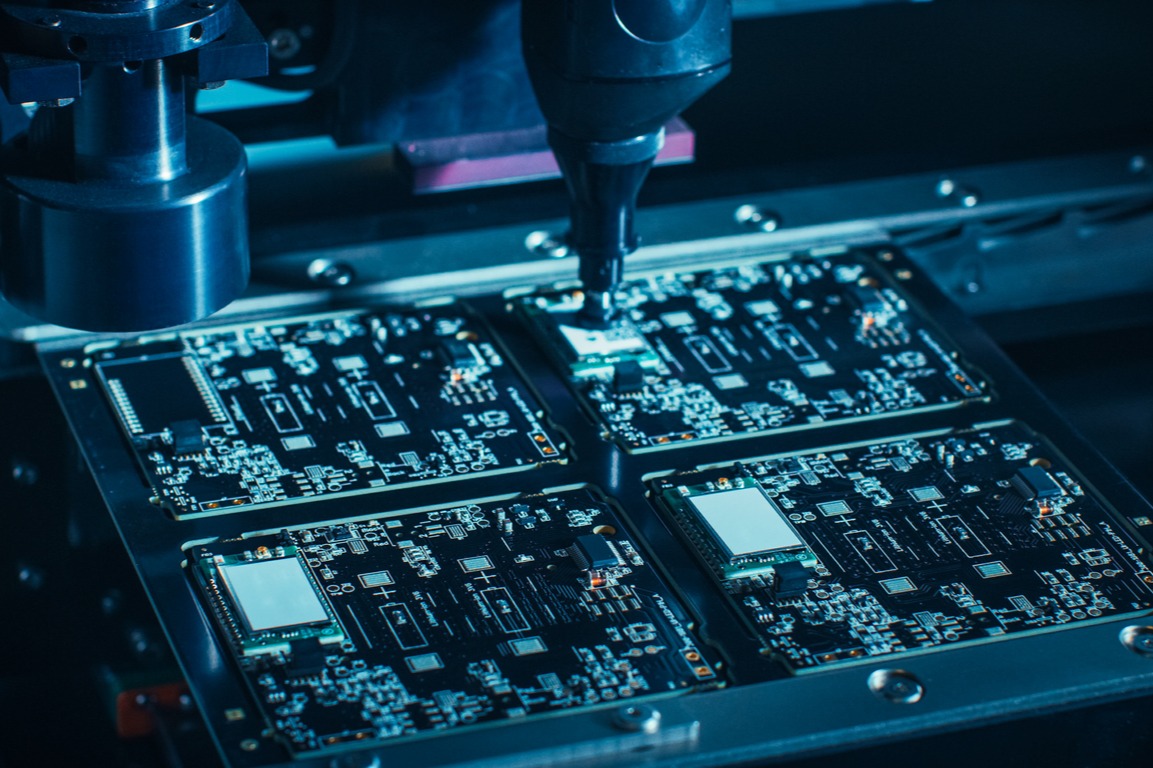‘Intrinsically Safe’ Design Guidelines for Electrical Devices
When turned on, electrical equipment generates sparks. Some equipment generates heat that can lead to ignition, while electric arcing occurs between...
 If you needed a pacemaker to keep your heart beating as it should, would you settle for the level of electronics quality you’d find in a cheap toy for toddlers? That’s the essential difference between IPC Class 1 assembly requirements and Class 3 electronics requirements.
If you needed a pacemaker to keep your heart beating as it should, would you settle for the level of electronics quality you’d find in a cheap toy for toddlers? That’s the essential difference between IPC Class 1 assembly requirements and Class 3 electronics requirements.
It’s all fun and games until the toy quits functioning -- yet nobody gets hurt. But with Class 3 projects, the quality of electronics production and assembly can mean the difference between life and death.
Keep reading for a look at what Class 3 PCB (printed circuit board) manufacturers do and what to look for in one.
IPC (Institute for Printed Circuits) governs acceptance and rejection standards for electronics. The institute defines …
Class 1 as “general electronics
Class 2 as “dedicated service electronics"
Class 3 electronics as "high-reliability"
OEMs who sell electronic products have to decide which class to go with, and PCB manufacturers and assemblers have to meet the standards.
Class 3 circuit boards help keep people alive, planes in the air, and businesses in business. In other words, they’re mission-critical. Class 1 assembly requirements are fine for kids’ toys and novelties, but as soon as expectations for product lifetime and the importance of reliability reach a critical point, Class 3 requirements are a must.
Aerospace and medical applications are prime examples of Class 3 electronics.
The IPC standards for Class 3 electronics are guidelines on how components and hardware are placed on a printed circuit board. So it’s about how components are soldered, etc., more so than your design choices.
This means it’s usually on the customer and any other approval agencies (i.e. the Mine Safety Health Administration) to design Class 3 electronics. These agencies have requirements for how your products perform in dangerous conditions (i.e. an explosive atmosphere).
IPC standards merely drive HOW your contractor manufactures that design. They cover rules for anything electronic inside your device, including:
How tight fasteners should be
How parts sit on the PCB
How wiring harnesses are laced up
What solder filler should look like
Some products require lot tracking components to such a level of detail that your ECM (electronics contract manufacturer) must know:
The component’s number
Where it was purchased
Whether it came from a franchised distributor
When it came through the ECM’s door
Finally, there are also other types of standards dealing with repair and rework of electronic products.
A lot to think about, right?
When safety is at stake -- especially that of your customers -- it’s important to work with an ECM with experience in Class 3 design and assembly.
Advantages of using an experienced and well-rounded Class 3 electronics manufacturer include:
You want proven aptitude at placing parts with precision while providing valuable design advice.
With Class 3 products, there are certain quality marks you have to hit -- right down to how you lace wires together. In Class 3’s world, you might want to pay particular attention to a certain assembly option that would be an afterthought in Class 1. For example: you wouldn’t run USB wires along a 1,000-volt wire. (Note that issues like these aren’t governed by IPC; they’re more so the responsibility of the PCB manufacturer.)
Your electronic contract manufacturer needs to have all the requirements covered up-front for handling sensitive projects. An ECM should maintain all the necessary certifications that tell a customer “OK, these guys have been audited and approved to do this work.”
Are your ECM’s employees not just certified, but also well trained in handling sensitive projects? This should include all employees who will be involved, not just some of them.
The ECM should have high-tech inspection equipment in-house. This will ensure kinks are ironed out before your product reaches customers’ hands.
Without a doubt, the cost of meeting IPC standards is higher when you’re talking Class 3 requirements.
Generally, Class 3 boards cost more than Class 2 -- as much as 15%. They can also be close enough in price that manufacturers decide to use Class 3 electronics even though their end use isn’t mission-critical. This is because the top-notch quality is worth the higher price in those cases. On the other hand, some customers are (understandably) very cost-conscious, and it’s totally OK to go Class 2 if your application doesn’t require Class 3.
It’s also true that class 2 boards can be very close in quality to class 3 boards. The reason? The PCB assembly process has become so exacting, even for class 2 boards, that surface-mount technology parts built to meet Class 2 requirements often meet Class 3 criteria.
That said, sometimes Class 3 is a matter of perception. Being able to put that on your product’s “resume” is a nice attraction.
Some printed circuit boards are too important to product service life and human safety to leave to guesswork. No one knows more about the differences and regulations among Class 1, 2, and 3 boards than the people who make them.
You probably already have a vision for your safety-sensitive project by the time you approach an electronics contract manufacturer. But if you don’t, an EMS provider should be able to advise you on critical issues and help you turn a concept into a safe, marketable product.
Always make final design decisions after your PCB manufacturer has provided its input. And never take your Class 3 project to a vendor without proper qualifications and testing capabilities.

When turned on, electrical equipment generates sparks. Some equipment generates heat that can lead to ignition, while electric arcing occurs between...

Just about any piece of electronics can be dangerous when they’re manufactured poorly. But when you’re manufacturing for the mining industry, you’re...

Choosing the right electronic manufacturing services (EMS) supplier can play a big part in the success of your company. Pick the right partner and...